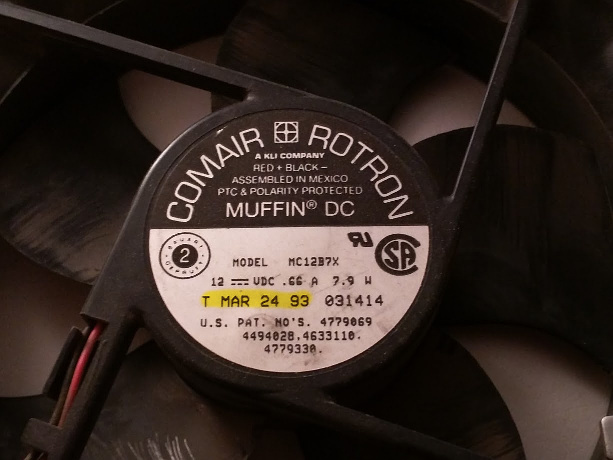I second that.
Thanks for the input. I thought the flow was likely smaller , but I didn’t want to prejudice anyone’s response.
Not likely, but conductive sensors built into the filter might give a visual indicator of the amount of off gassing.
I can go into possible options for removing various contaminants without mentioning or referencing what I’m exploring. Let’s start with the halogens like chlorine or bromine. Anything that can donate electrons is a possible trap for these. These include electric plasma (elegant but expensive), many metals and their compounds, many sugars and polysugars, reducing agents like hydrides, borohydrides, sulfites, bisulfites, hydrocarbons that react with halogens readily, etc and many, many more. Halogen or pseudohalogen acids like hydrochloric, hydrobromic, hydrofluoric, hydrogen cyanide, and hydrogen sulfide can be trapped with some of the things above for halogens, but also with water or water containing substances, basic compounds, amines/polyamines, ion exchange materials, etc. There are pluses and minuses for each approach. Materials that are economical, clean, easily replaceable, and effective for various gases are preferred. Most preferred are elements that perform the above tasks, but also give a direct visual or electronic indication of their state of exhaustion. Color, pH, conductivity, change in shape, etc are some possibilities.
If the vent fan is the same one used for the filter, then @dan suggested that it might have a flow rate of 200 cfm, but wasn’t sure.
Thanks! This helps!
Perhaps @marmak3261 could be persuaded to check the label on his fan for a manufacturer and part number.
Manufacturer label not visible as put together at the moment. I might check again.
Thanks, though any significant effort on your part would probably be better spent on doing whatever you find interesting. I was hoping it be easily visible on your pre-release model.
This question is best answered by Glowforge.
@volivaa I’m just going to put this here because the topic sticks out in my head…
Witness the size of this motor. If you attach this to a Glowforge, I’m pretty sure you’re going to be sucking at least twice the force of the Glowforge’s fan. You may be able to disconnect the Glowforge fan (not recommended) to leave it free-spinning, but then you might have to worry about the Glowforge case caving in from the suction. 
~200 cfm is correct.
I know that’s just an approximation, so I’d be very curious to know who made that fan… but I think 200cfm is still very generous, Dan.
The closest 4-inch fan that I could source that even came close to that was this model, and it’s only 164cfm and costs 2.5x more than it’s nearest competitor at 140cfm.
That company that makes them – Comair Rotron – is probably the best fan manufacturer I know. I have a small stash of their fans, and this is the newest fan of theirs that I have.

The oldest fan of theirs I have that’s still running like a champ is from 1978. 
I asked for max cfm (question was about keeping negative pressure in a booster pipe for a university that’s plumbing for 18 'forges in the same room) so the actual number is likely a little lower.
But it’s a jet engine when it’s full speed. It blows.
I was just about to edit my last post to add I might have found something similar to it. 226cfm and 65 decibels… lol… yikes! (for those that don’t know… 65 db is somewhere between these two extremes…  ) . I made the mistake of looking up AC motors, not DC…
) . I made the mistake of looking up AC motors, not DC…
Passenger car at 65 mph at 25 ft (77 dB); freeway at 50 ft from pavement edge 10 a.m. (76 dB). Living room music (76 dB); radio or TV-audio, vacuum cleaner = 70db. Arbitrary base of comparison. Upper 70s are annoyingly loud to some people.
Conversation in restaurant, office, background music, Air conditioning unit at 100 feet. = 60db.
Half as loud as 70 dB. Fairly quiet.
Thanks for confirming the 200 cfm.
65 decibels is enough to be annoying, but not enough to interrupt conversation. The low output Honda generators run at about 65 decibels. But the GF varies the speed of the fan and full speed is just sometimes…sometimes it is quieter. Go ![]() - Rich
- Rich
Not sure why you guys are having a hard time finding high cfm fans the delta fans for computers are crazy. Here is a 5seccond Google
edit: just realized a 120mm is 4.7 in not 4in (not finding 100 mm fans on deltas page apparently 4 inch is a odd size?)
this one is 92mm 182 cfm
http://www.delta.com.tw/product/cp/dcfans/download/pdf/THD/92x92x38.pdf
92mm 210cfm
http://www.delta.com.tw/product/cp/dcfans/download/pdf/GFB/GFB92x92x76mm.pdf
if you jump up to a 120 fan you can get a monster like this 264cfm
http://www.delta.com.tw/product/cp/dcfans/download/pdf/FFB/FFB120x120x38mm.pdf
The problem was that I was focussed on AC fans instead of DC fans, and it was late at night and I wasn’t thinking completely.
Direct-drive AC fans have a limitation on rotation speed because they’re coupled to 50/60hz phase, so in order to optimize the airflow you have to either do optimization to the blade size / orientation or use a gearing ratio in order to increase rotation speed.
My mistake (durrr) was that since it’s an international design, they’ll be using DC power converted from the mains. And since DC motors are not phase coupled, you can basically pump as many amps as you have available to increase the magnetic field strength and go faster – with the limitation of the fan rotating so fast that it tears itself apart, of course.